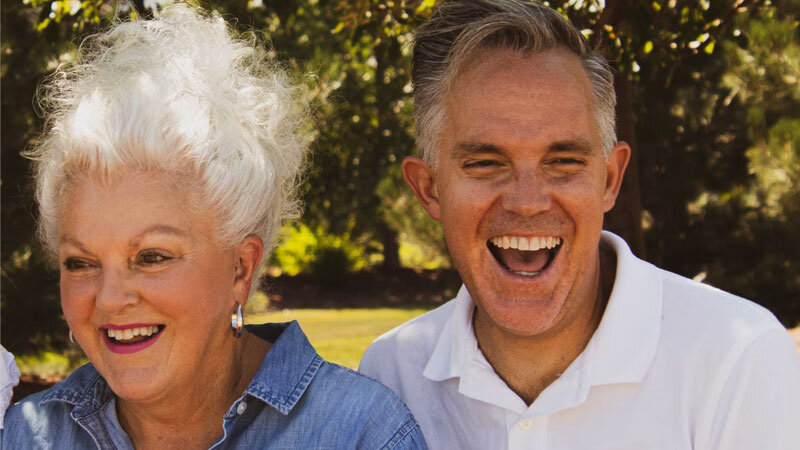‘Dying Well’ and the ‘Death Positive’ Movement
You’ve heard of the art of living well, but a recent trend in the health and wellness industry is the discussion of “dying well.” It sounds like an oxymoron—isn’t to die to not be well? But more and more people are joining the “death positive” movement, a mindset to reduce anxiety about the concept of death.
Death? A good thing? Believe it or not, there are organizations and groups that exist that set out to dispel the fears about dying to help society become more comfortable with it.
What is the Death Positive Movement?
It is common knowledge that the top two most common fears are death and public speaking (with public speaking taking the No. 1 position!). Although death is still a prominent fear among the human race. After all, no one knows what happens after you die. Plus, on a deeper level, people often worry about the loved ones they leave behind when they die, what will happen to them and how they will cope both emotionally and financially.
Led by organizations like The Order of the Good Death, the goal of the death positive movement is to create safe spaces and opportunities to discuss death and to educate people about dying. By making these topics less taboo, individuals can find comfort in knowing that they are not alone in their fear.

While the art of living should be what motivates us, often it’s the anxiety about having limited time that gives us purpose. Being motivated by death is known as death anxiety or thanatophobia, the intense fear of death. Cultural anthropologist Ernest Becker originally developed this concept in the 1970s, specifically coming up with the Terror Management Theory (TMT).
What is TMT?
TMT is a theory that implies that most of what we do every day is motivated by the fear of death. According to Becker, everyone has some level of death anxiety, but some people experience it more strongly than others. How does this fear manifest itself in our everyday life?
For some people, it can be “living life to the fullest.” This might mean that people eat dessert first, read the end of a book first so they know the ending, or make plans to schedule a jump out of a plane because they’ve always wanted to do it. If you think about it, having a bucket list is essentially death anxiety, because you are putting together a list of all the great, amazing things you want to do before you kick the bucket.
For some people, death motivates them through the idea of symbolic immortality, or what remains of a life after death. Some people might try to leave their legacy on the planet through art, having children, leaving some sort of lasting mark or impact on society, etc. This brings about anxiety surrounding their reputation, how people will remember them.
“A ‘Living life to the fullest’ mindset is a common form of death anxiety.”
On the other hand, there are people who have death anxiety who do not have either of these outlooks. They might be addicted to their looks and looking younger and controlling other people’s actions. Some experts even believe that wellness trends and perhaps even fitness might be a form of death anxiety, as they are trying to prolong life and avoid death. Plastic surgery might be a form of this anxiety, as you are trying to preserve the way you look and avoid growing old and/or closer to expiration.

What’s the Point of the Death Positive Movement?
Mostly, the main point of the death positive movement is to create more of an open, positive discussion about death and to relieve people’s anxiety surrounding life’s greatest certainty. A quick Google search will result in a number of death-centered media content and organizations encouraging positive conversations around the topic of death, including the Coffin Club, which helps elderly people to openly discuss death in their community while also building their own coffins (yes, really!).
